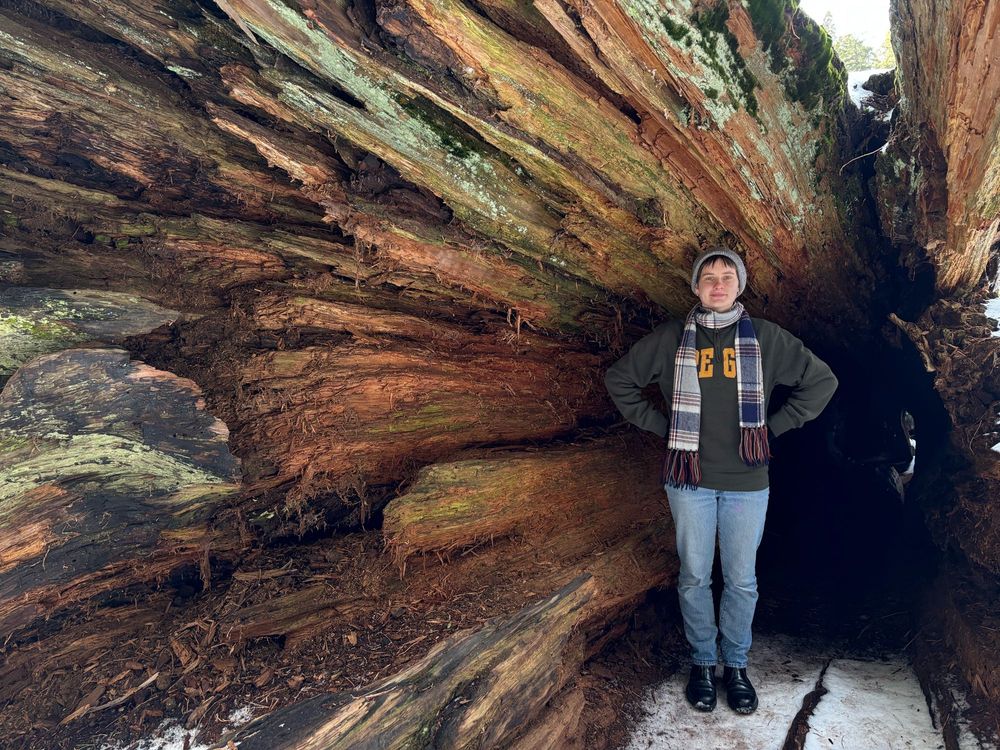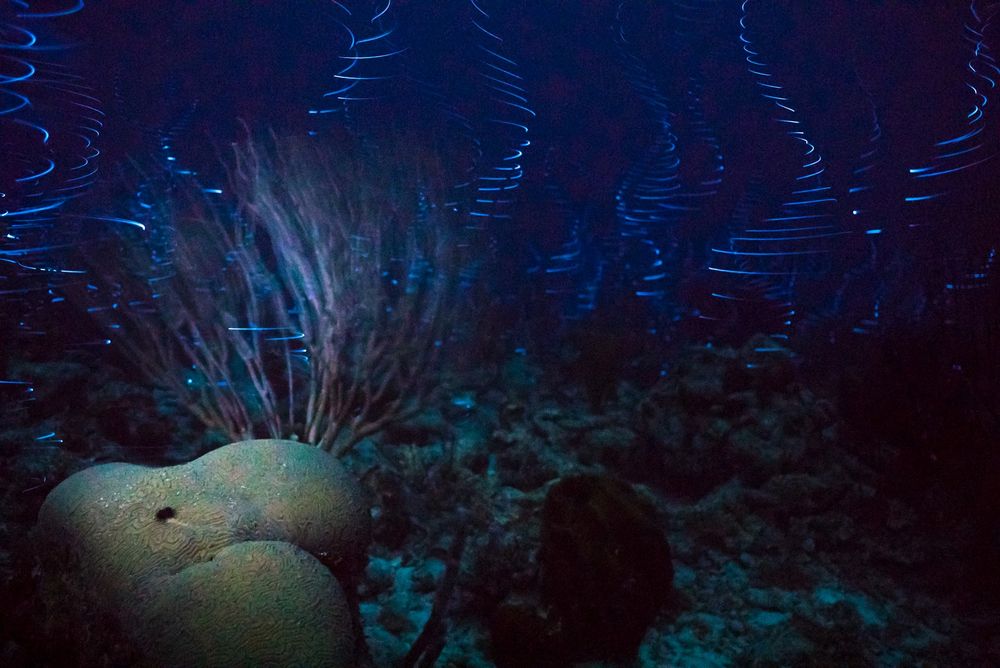












(If I am forced to pick just one. The result is just so clean)
doi.org/10.1016/j.cu...

(If I am forced to pick just one. The result is just so clean)
doi.org/10.1016/j.cu...












academic.oup.com/mbe/article/...

academic.oup.com/mbe/article/...








